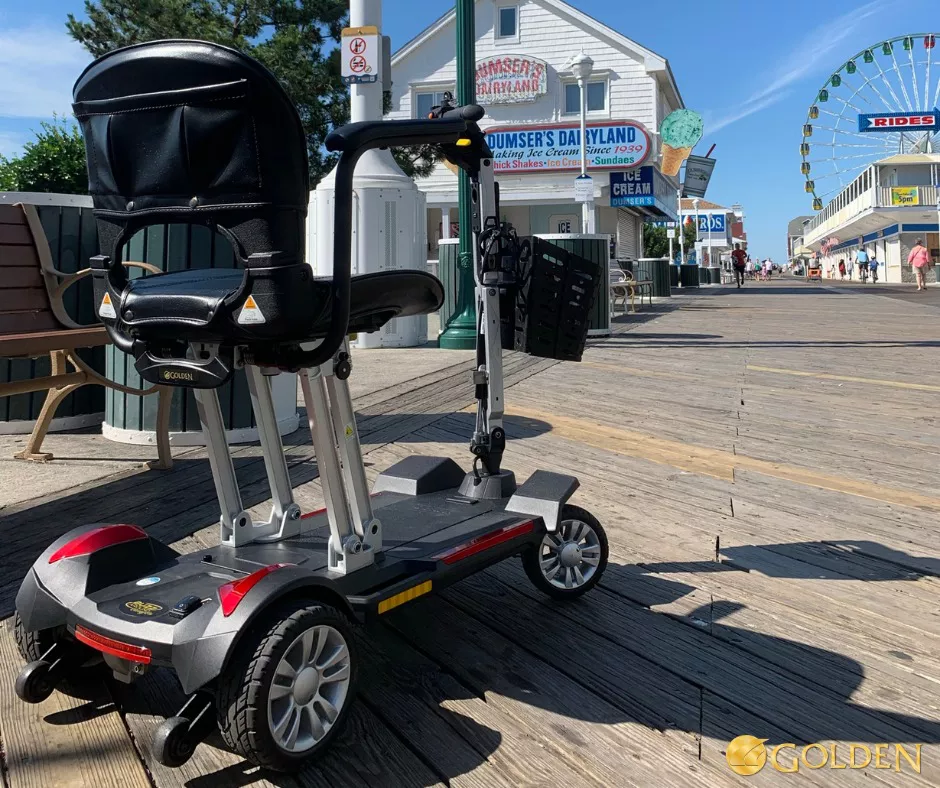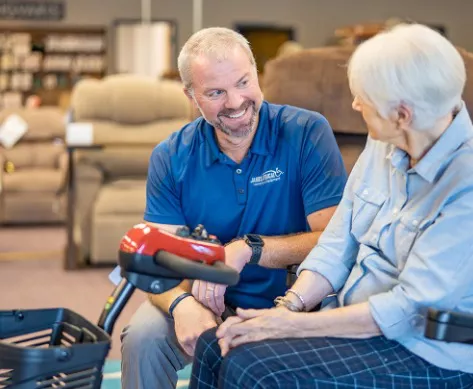
How to Navigate Short-Term Durable Medical Equipment Needs
Finding the right durable medical equipment for short-term use demands flexibility and clarity. Temporary needs may arise from recovery after surgery, an acute injury, or a short-term mobility setback. Understanding differences between short-term rentals and long-term purchases helps families make efficient supply decisions. Insightful selection supports recovery, comfort, and independence during transitional periods.
Short-term equipment selection begins with evaluating the reason for use, duration of need, and home conditions. Whether for recovery from a hip replacement or managing temporary balance issues, specific equipment may be most appropriate. Expert advice ensures your rental aligns with safety guidelines and recovery protocols. Planning ahead simplifies everything from delivery to removal.
Choosing Rental Durable Medical Equipment That Fits Recovery Goals
Selecting the right durable medical equipment for short-term use means matching equipment functionality with recovery objectives. Hospital beds with adjustable height and firmness options ease pressure control during convalescence. Walkers or rollators provide safe mobility without permanent layout changes within the home. Matching equipment options to rehabilitation goals supports smooth progress.
Make sure height, width, and stability settings align with current strength levels. Adjustable features like brake assist and pedal offset support safe use. Temporary equipment must be easy to operate, clean, and store. Functional design prevents discomfort and noncompliance during recovery.

Delivery and pickup flexibility is key for short-term equipment rentals. Same-day delivery and scheduled pickup meet fluctuating recovery timelines effectively. Rental agreements should allow for extensions or expedited return without fees. Flexible plans maintain peace of mind.
Caregiver involvement during setup ensures equipment is positioned correctly. Proper placement of handrails or bed rails helps minimize fall risk. On-site demonstration helps caregivers learn assembly, disassembly, and troubleshooting. Well-guided setup enables safer use from day one.
Comparing Rental vs. Purchase Options
Short-term needs often favor rental of durable medical equipment such as hospital beds, wheelchairs, or walkers. Rentals cost less upfront and remove the burden of long-term storage. Temporary use eliminates the need for permanent purchase and maintenance responsibility. Once recovery ends, the equipment can be returned.
Purchasing may be worth considering if use extends beyond a few months. Durable options may retain resale value and provide long-term features such as adjustable settings. Consider logistics like delivery costs and storage space after use when making decisions. Clear comparisons help families choose cost-effective, appropriate solutions.
Insurance or assistance programs may cover rental costs for limited time. Medical documentation helps verify need and reduce out-of-pocket expenses. Caregivers should gather prescription paperwork in advance to support coverage eligibility. Expert rental coordinators simplify the process and reduce delays.
Cleanliness and renovation status influence decisions. Post-operative conditions may require sterile environments or clean equipment, favoring rentals. Reusable rental systems allow for high-level disinfection between clients. Prioritizing hygiene and infection control maintains well-being.
Ensuring Safety and Hygiene with Short-Term Equipment
Temporary durable medical equipment still requires strict safety and cleanliness protocols. Inspection before use ensures wheels, brakes, and straps are functional and secure. Cleanliness standards prevent infection or cross-contamination. Routine maintenance during the rental period ensures consistent performance.
Caregivers should use appropriate disinfectants for upholstery or metal parts before each use. Avoid harsh chemicals that degrade materials or void warranties. Sealed disposable covers can provide additional protection during short-term recovery. Safety hygiene reduces risk and increases user confidence.
Training caregivers on safe handling, cleaning, and troubleshooting helps ensure consistent performance. A clear cleaning schedule, using checklists, helps maintain hygiene during extended rentals. Technical support contact details should be accessible in case of urgent issues. Ongoing oversight maintains safe, effective equipment.
When the rental is returned, caregivers should perform final inspection and report any damage or wear. Proper handling prevents additional charges for cleaning or repairs. Open communication helps service providers service equipment promptly. Full accountability supports well-maintained rental programs.
Planning for Delivery, Setup, and Removal
Efficient logistics support safe and timely equipment delivery and pickup for durable medical equipment rentals. Detailed information on entryways and room layout ensures smooth delivery into the home. Leaving pathways clear reduces risks during installation. Professional movers provide safe handling and avoid damage.
Setup guidance helps position equipment for optimal recovery support. Hospital-style beds, for example, should allow access from both sides and fit against walls. Seat belts and fall protection systems should be tested before first use. Proper setup accelerates readiness and reduces risk.

Ease of removal matters when rental term ends. Scheduling pick-up ahead of time avoids equipment clutter and keeps living spaces functional. Pre-removal cleaning reduces dispute about condition. Coordination with moving teams ensures seamless transitions.
Caregivers should document any installation adjustments or issues for provider records. Cameras or notes about wear or modify arrangements are helpful when coordinating final return. Clear communication simplifies intermittent adjustments. Proper documentation ensures both user safety and provider clarity.
Monitoring Recovery and Adjusting Durable Medical Equipment Needs
Follow-up during short-term equipment use ensures continued alignment with recovery needs. Caregivers should assess whether bed positions, lift chairs, or walking aids are supporting rehabilitation progress. Pain, mobility challenges or changing strength may prompt faster equipment replacement. Monitoring supports adjustments before the rental period ends.
Opening a channel of communication with rental specialists allows easy upgrades if warranted. Moving from basic beds to adjustable hospital-grade beds is sometimes needed mid-recovery. Brief lease adjustments keep equipment responsive and effective. Caregiver-led coordination supports ongoing alignment.
Before returning gear, caregivers should evaluate home environment for modifications that might aid post-rental durability. Lofty returns might trigger permanent solutions like grab bars or permanent rails. A progress plan smooths the transition to independent living. Planning enhances sustainability.
When recovery ends, compare equipment outcomes and consider whether permanent purchase or home upgrades would maintain quality of life. Use recovery insights to shape long-term care decisions. Informed choices based on experience serve both independence and safety.
Moving Forward with Confidence
Short-term durable medical equipment rentals help families bridge transitional periods smoothly and safely. Intentional selection, safe setup, and ongoing assessment empower users and caregivers throughout recovery. Thoughtful planning ensures temporary tools meet needs without generating clutter or stress.
Schedule a free consultation to discuss short-term equipment options tailored to your recovery situation. Our team supports delivery, training, and post-use pickup to streamline the process. Access professionally supported durable medical equipment rentals for temporary needs.

